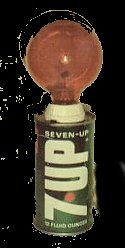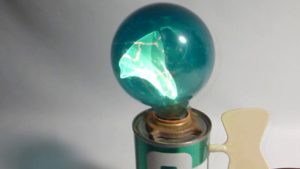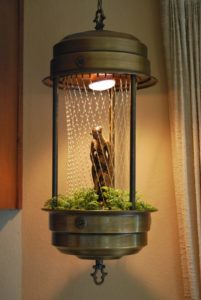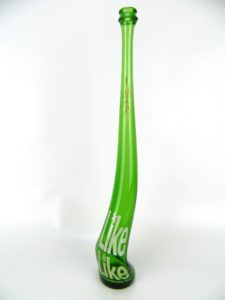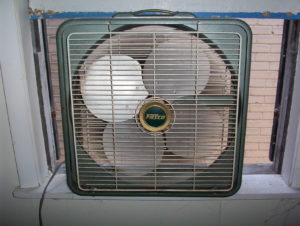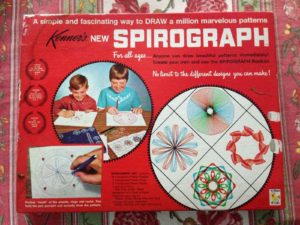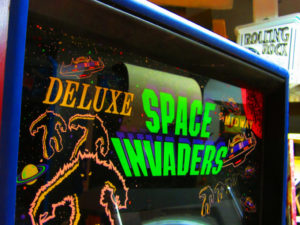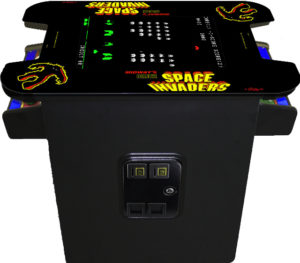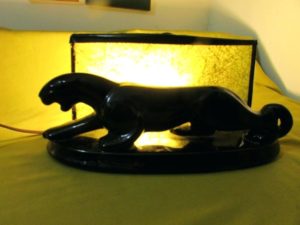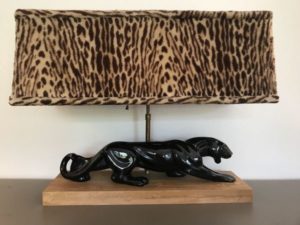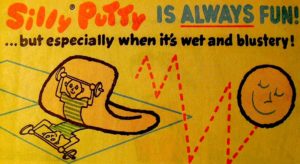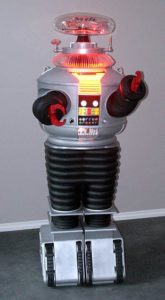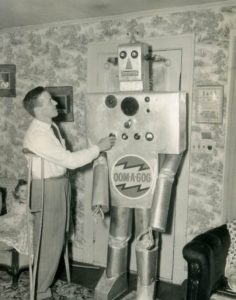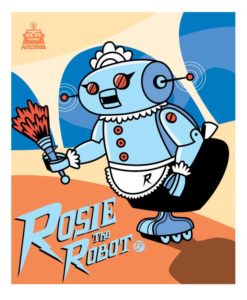As I attempt to put this column together, I’m struggling with a number of technological issues. First of all my rather expensive Cox internet connection has been up and down all morning. It wouldn’t do any good to call tech support because I’m just not in the mood to try to convince whatever third-worlder that answers the phone that I’m an experienced geek armed with a CCNA, and have already tried turning the modem off and on.
Additionally, the mailing process stopped on my leased server on which resides this site and a few others that belong to me. I must time the release of this piece to coincide with my (knowledgeable and competent, thank heavens) jtlnet.com tech support getting things straightened out there, in order for my new column notification to make it out to my subscribers.
In short, despite me getting up at 5:30 in order to get some serious internet work done, here it is two hours later and I’m just getting started.
With that, I thought an apt subject for today’s column would be to reminisce on how little tech support issues were a pain back when we were kids.
The first, and foremost, electronic item that sadly was prone to downtime was the one-eyed-monster, aka the TV set.
The TV sets of the 60’s were more reliable than the original models of the early 50’s.
That’s not saying a whole lot.
The state of electronics in the Decade of Change was pretty much not solid, so to speak. Nowadays, the thousands, millions, or even, in the case of computers, billions of tiny connections that are required in order for magical things to take place on the gadgets we use are created on infinitesimal pieces of silicon. The miniaturization of the CPU has been one of mankind’s proudest accomplishments. My Android phone has more processing power than a 1960’s mainframe computer that filled a room and cost a quarter of a million 1960’s dollars.
But back to my non-solid remark, I’m referring to the physical makeup of electronic parts themselves. Solid-state means that there are no moving parts. Everything is done via silicon chips. Back in the day, it was electronic tubes that determined whether or not Leave It to Beaver would be paying our living room an afterschool visit.
And if a tube in the mix failed somewhere (there were a bunch of them, I remember popping off the fiberboard back of the TV and having a look a few times), that TV would sit idle, or perhaps have sound but no picture, or maybe the image on the screen was distorted into nothing but unwatchable video gibberish.
The repairman was busy, we weren’t the only one in town with a TV full of hot glass tubes, so it usually meant a few days with nothing to do but go outside and play, or stay inside and do the same thing, or read, or listen to the radio.
Poor us.
The only other high-tech device in the house was one which my grandparents, born in central Texas prior to 1890, likely didn’t see until they were old enough to be filled with wonder by its sight: the telephone.
Telephone service in Miami, Oklahoma was quite reliable, as I recall. It wasn’t until our 1968 move to the wilds of southwest Missouri that the rigors of spotty phone service made themselves manifest. We didn’t even get a phone until many months after we moved into our converted barn-farmhouse. It took that long for service to reach our rural area. And once we finally got it, all it took for it to disappear was a strong wind blowing a branch across that tiny aerial wire somewhere between us and the main switch, several miles away.
Phone outages really weren’t that big a deal for me, our service only covered the Missouri side, any calls to Arkansas (where most of our friends and acquaintances lived) were long-distance, and believe you me, back in 1969, you were careful about how many long distance calls you made, especially if you were a nine-year-old kid with a Norwegian father.
But the frequent outages did cause mom a lot of anguish, maybe she watched too many Hitchcock films where bad things happened after the phone went dead.
The point is that life very much went on if the TV or phone went on the fritz back then. Dad could still earn a living at his truck garage. Mom could still go visit a neighbor. And I could always read a book or play.
Flash forward to the high-tech world which were were promised was coming in grade school (and they hit it on the nose, although the flying car is still MIA): something we couldn’t even envision in our wildest imaginations back then, an internet outage, can wreak havoc.
I sure hope you get to read this column. And I also hope you get an emailed notification of it, assuming you signed up for it.
